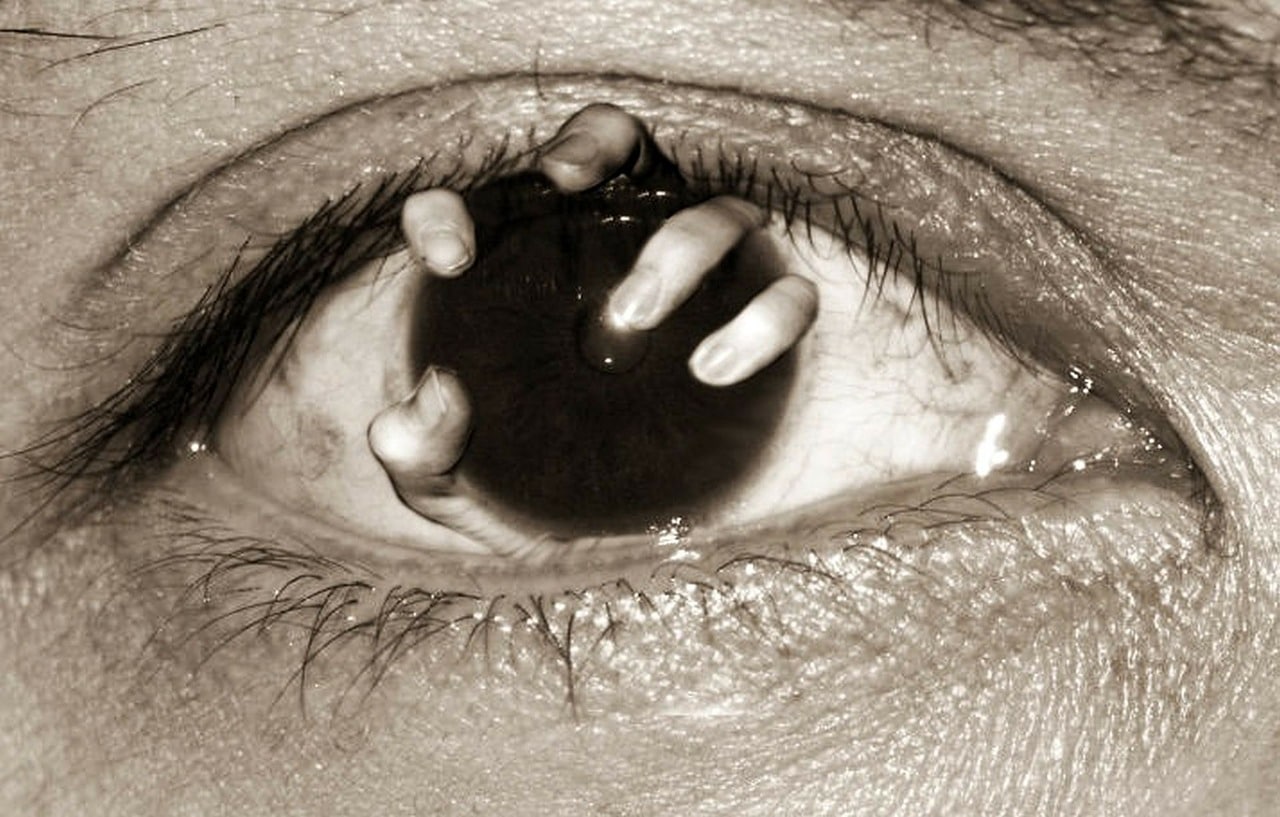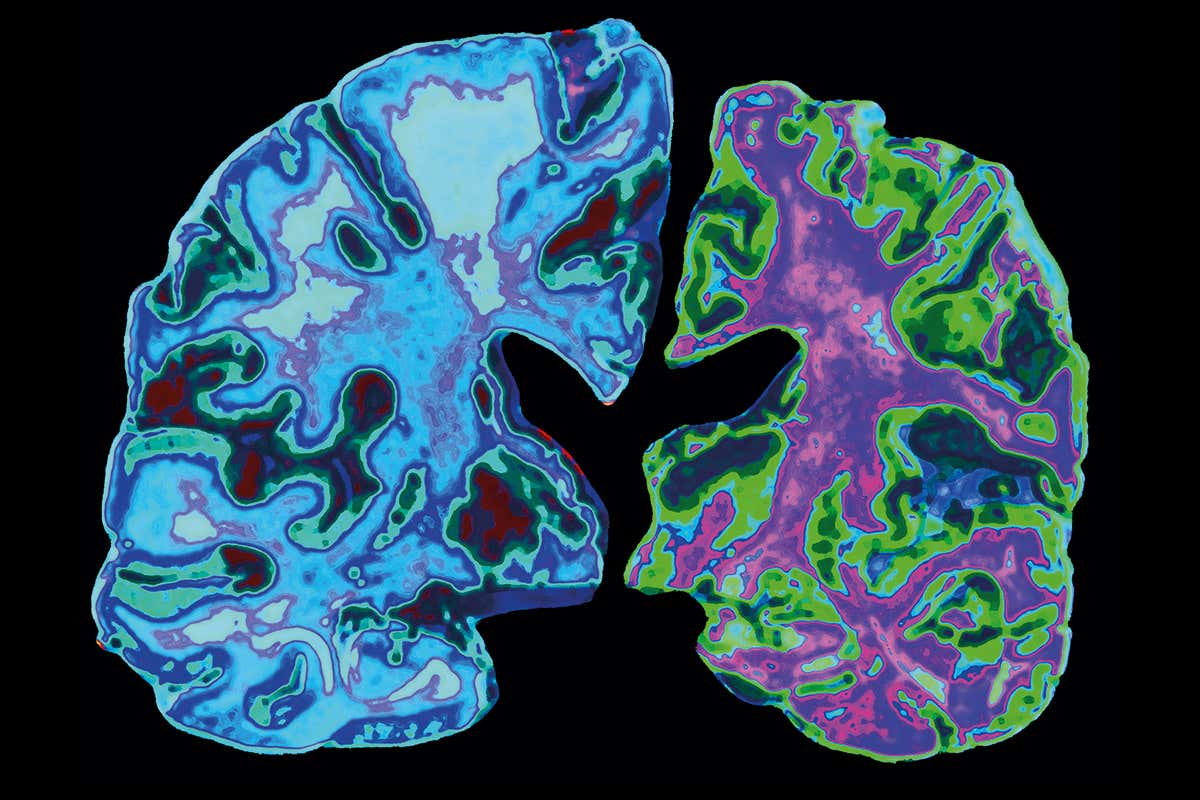The research team from the University of Sydney, led by Dr. Matthew Griffith is trying to develop a new printable device that may restore eyesight in blind people one day. This device works just like the human retina and helps to build the image.
Dr. Griffith from the Australian Centre for Microscopy & Microanalysis and the School of Aerospace has worked on this idea of a revolutionary medical device made of multi-colored carbon-based semiconductors. They absorb the light and ignite the neurons that work on transmitting visuals from the eyes to the brain helping to build an image.
For those who don’t know, the retina is a part of the eye that is present in the backside of the eye. It captures the light, turns it into neural signals, and uses them to generate an image by the brain.
Also read- Pink Drinks Have Hidden Benefits for Athletes (New Study)
According to Dr. Griffith, more than 2.2 billion people in the world are suffering from visionary impairment. This current study may develop a special biomedical solution for people who are experiencing blindness caused by retinitis pigmentosa, as well as age-related macular degeneration (AMD). These two are the biggest causes behind blindness worldwide.
He believes this neural interface technology can help to restore the vision and sensory function in patients who experienced any type of spinal injury. It may also help people suffering from neurodegenerative conditions. The typical function of neural devices is to connect the nervous system with the body to stimulate any activity.
Neurons are specialized cells that transmit messages throughout the body. But they need an uninterrupted link which is typically caused by an injury to the spinal cord or any other underlying condition. If these neurons start misfiring, it becomes an even bigger problem leading to permanent blindness, deafness, or both. These conditions are typically seen in Parkinson’s disease and epilepsy. Unfortunately, there is no treatment for these two conditions.
This new device would be a low-cost printing system, not much different from newspaper printing. There might be some similar technologies available but this new device is different from them as it is made of carbon. It is the same compound that is used inside the human body to build blocks and responsible for strengthening the entire framework.
Also read- Dermatologically Advised Ways to Delay Premature Skin Aging
All other devices are somehow rigid and they use a different material i.e. silicon instead of carbon that may not go perfectly well with the human body. The carbon-based device is soft and goes well with the flexibility of the human body, hence better than all other available options.
Other technologies try to replicate the brain and eye both hoping to restore eyesight. But this process is not as simple as it may sound. Some patients can experience visionary improvements but it is not something state-of-the-art and still leaves large blurry spots or black and white spots in image processing. Interestingly, the new device has no such issues, plus it doesn’t need to be operated electrically as it is internally powered using the natural light directly.
For this project, Dr. Griffith has received a research grant under NHMRC Ideas. He aims to work on a similar project in collaboration with the University of Sydney and the University of Newcastle.


